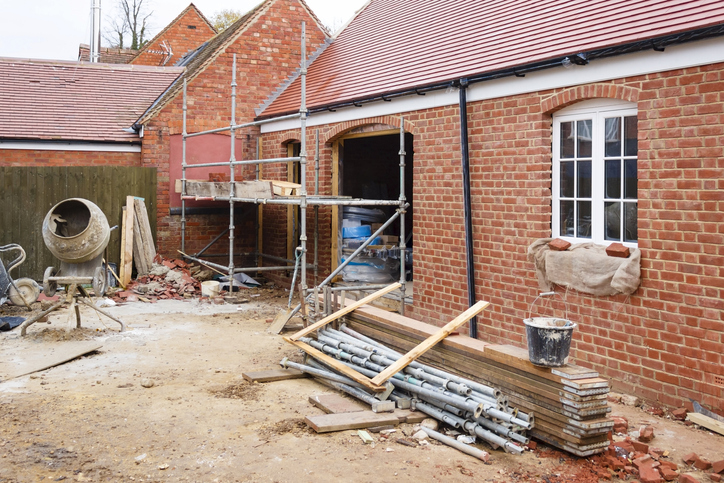
There is a common misconception, particularly with long leasehold interests, that a tenant is free to carry out any works to their property because they have paid a premium for the lease. As a tenant, you should check the terms of your lease for any covenants restricting alterations before commencing any works.
Prohibited Alterations
The lease may expressly prohibit alterations, in which case a tenant can still approach their landlord for approval, but the landlord is under no obligation to consent. If agreed, the lease should be varied by Deed to permit the proposed alterations. This could affect the landlord’s obligations to other tenants in the building, and so will need to be considered carefully.
Where the freehold or leasehold interest is subject to a mortgage, the lender’s consent will be required, and the Deed will be registered at the Land Registry on completion.
Landlord’s Consent is Required
It is more common in long leases for alterations to be permitted where the landlord’s consent has been obtained. Permitted alterations might be restricted to those that do not affect the structure or exterior of the building, but this will ultimately depend on the nature of the building and terms of the lease.
Where the landlord’s consent is required, it will be usual for the tenant to submit plans and specifications for approval. The landlord is likely to require payment of their legal and surveyor’s fees to consider such an application. Where granted, the consent is usually contained in a Licence for Alterations. This contains the permission to carry out the works, and also any restrictions such as:
- Time limits for the works to be completed – it is common for the landlord to require that the works are completed within a certain timeframe, to minimise the disruption to neighbours or other tenants in the building.
- Hours during which works can be carried out – this is particularly relevant where there are other tenants in the building that may be affected by the works.
- Reinstatement – depending on the nature of the works and the length of the lease, the landlord may require that these are reinstated at the end of the term. If they provide a significant improvement to the building – such as a new bathroom, the landlord may require that the alterations are left in situ when the lease ends.
No restrictions
If the lease contains no restrictions on alterations, or expressly allows them, then the tenant is free to carry out any works. Even so, the Tenant must ensure that the works do not go beyond the boundaries of the property demised – i.e. installing an air conditioning unit on the exterior of the building, where there are no rights to overhang neighbouring property.
Additional considerations
You should also consider whether any consents are required from the local authority, such as planning permission, building regulation approval, or any consents relating to listed buildings or properties within a conservation area. If the works will affect any party walls, then you should consider consulting with a party wall surveyor.
If you have a mortgage, then check the mortgage conditions to see if the lender’s consent is required for alterations. Consent is usually required for any works which require planning permission, but requirements vary between lenders.
You should consult with the insurers of the building, as a failure to notify an insurer of proposed building works may invalidate the buildings insurance policy.
For further information or guidance, contact Kate Burlinson on 0116 402 9022.
Categorised in: Commercial Property, News, Residential Property
Tags: Commercial Property, Leases, Residential Property, Tenant